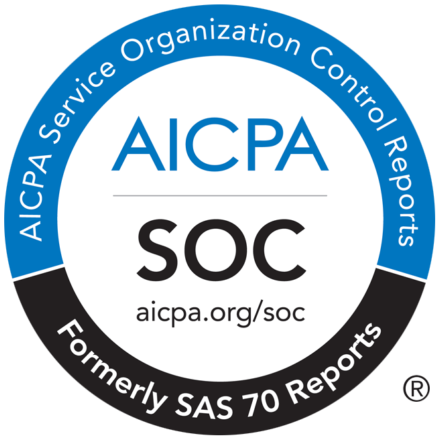Writing in any language comes with research and of course writing the original content you want to share. It can be a homework assignment your Russian language teacher wants you to familiarize yourself with or it can be an article for Russian audiences. Here are ways to make sure you are not committing plagiarism in Russian accidentally.
Scan Your Russian Paper
After writing your assignment in Russian it’s important to check that you haven’t accidentally taken passages from books or online. Submit the document through the Copyleaks dashboard and find out in as little as a few seconds if there are other sources in your document. Check through the results to be sure that your text is unique and you have quoted others’ work that is not your own. The Cyrillic alphabet is able to be read and analyzed by our technology so you can be sure we won’t miss a word using our plagiarism checker in Russian.
Steps to Check Your Document for Plagiarism
You have to follow the steps to check the paper for plagiarism in the Russian language.
- Create a Copyleaks account and sign in to log in
- Upload your file, type the URL in the given space, or copy-paste the content
- Click on the ‘Scan’ button to submit
- Wait for a few seconds to receive a detailed report, which shows the percentage of matched text, as well as the unique one.
- Download the report and compare it with your document and revise it
Scan in the Google Doc and Microsoft Word Platforms
Are you used to writing your document directly on a platform that you can save your content? Now you can write your Russian homework assignment or article in Microsoft Word and scan the content immediately. You will receive similar results to compare against your text immediately. If you’re more into Google, you can scan your text from Google Docs and see results in as little as a few seconds. You can scan multiple documents and you can always go back to your Copyleaks dashboard to see results at another time.
When you’re short on time and want to be sure you get everything checked before you submit your work to your teacher, boss, or publisher, you can also scan your Russian paper using our mobile app. With OCR technology that actually captures the words of the physical document, you can scan what you’ve written or printed in seconds.
Here is an example of similar Russian text that we are able to detect:
Academic Integrity in Russian Higher Education
Plagiarism has always been a major concern of any educational institution. The fact that these educational institutions are the primary places where students learn and start to develop academic integrity makes the role of these institutions much important, and yet ironically, this is the place where they learn to commit plagiarism. On the brighter side, committing plagiarism and being punished for it, helps them realize the consequences of plagiarism. However, to find plagiarism in a student’s work, the school or university must be equipped with a good tool. If not, the institution will not be able to find copied content, which lets the students plagiarize more, and this leads to increased cases of plagiarism.
This is exactly the case in Russian universities. Though most universities have a plagiarism checker in place, it does not perform well as it cannot cope with the current standards. To make matters worse, a lot of universities did not impose penalties, which are harsh enough to prevent plagiarists from copying. These problems caused a lot of plagiarism issues in academic, as well as in doctorate papers. All these made plagiarism not only a problem of academic integrity within educational institutions but also a problem across the nation, which required government attention.
Cheating and Plagiarism in Russia
Though plagiarism became a matter of concern only in the 2000s, there were cases of plagiarism committed in the 1990s, which did not come to light. Among these cases, a majority of them were from people who were trying to obtain a doctorate degree. Having a doctorate degree was a matter of status rather than a matter of knowledge, and this is the major reason why most students turned to plagiarizing their thesis. Copying content written by others or making others write their thesis for them were some of the popular ways of content appropriation.
During those times, there was not any actual way to prevent plagiarism. If they had to know, the only way was to be informed of this act, and to go through the entire paper manually, which were both unlikely to happen. Today there are different kinds of tools and software developed to detect similar or paraphrased text in a research paper. Nevertheless, this issue still prevails owing to the reason that plagiarists are finding innovative ways to cheat the system and squeeze in plagiarized content. Therefore, you need tools that can check papers for plagiarism regardless of those cheats.
Things such as foreign symbols, removing random words between sentences, and rewording a phrase without changing the sentence structure are some of the methods of cheating. These cheats cannot be detected by regular plagiarism checkers; instead, they allow the paper to pass a plagiarism test without any flags at all. Apart from this, there are also cases where people hire professional writers to write papers for them. These situations demand the use of an advanced content checker which can detect any small similarities and can even analyze a person’s writing style. Universities can also help reduce plagiarism by imposing strict rules against such acts.

